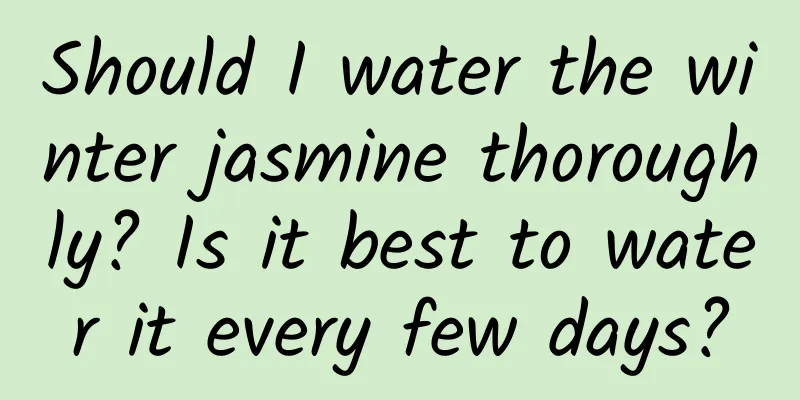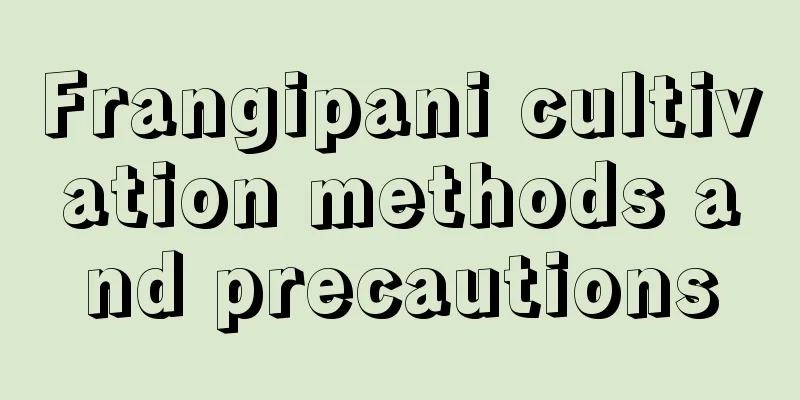How to care for Cotinus coggygria bonsai

About the making of tree shapeCotinus coggygria generally grows on sunny and semi-shady slopes. It can withstand sunlight, drought and severe cold, but is afraid of wet soil. In early spring every year, when the Cotinus coggygria begins to sprout, you can go to the mountains and select old Cotinus coggygria stumps to make bonsai. The old stumps have been naturally formed after many times of being cut down and eaten by animals. With a little pruning and winding, they can be made into bonsai for viewing. About planting and using potsCotinus coggygria is usually planted before budding, and the newly dug old stumps should be cultivated in loose and fertile sandy soil. Cotinus coggygria has strong adaptability and is not demanding on soil quality. Just use humus soil and add an appropriate amount of sand, then mix well. The choice of flower pots can be determined according to the shape of the tree. Generally, square or round pots are chosen for straight-stem Cotinus coggygria, while oval or rectangular pots can be chosen for slanted-trunk and curved-trunk Cotinus coggygria. About maintenance and management1. Choice of venue. They like light and should be placed in a place with sufficient sunlight and good ventilation, usually outside. However, in hot summer or low temperature in winter, it is generally necessary to move it indoors. 2. Watering and moisturizing. Cotinus coggygria is not tolerant of moisture, so be careful when watering it not to accumulate too much water in the pot. Just make sure the soil is moist. Another thing to note is to ensure that the air around the bonsai is moist. 3. Note on fertilization. Cotinus coggygria likes nutrition, so do not apply too much fertilizer to the potted plants, otherwise it will accelerate its growth and affect the visual effect of viewing. 4. Shaping and pruning. The cotinus coggygria tree has a strong growth ability and needs to be pruned when it sprouts in spring every year to ensure that its branches and leaves are not too lush and dense. At the same time, the branches should also be properly twisted to ensure the overall beauty of the potted plant. 5. Prevent and control diseases and insect pests. For common diseases and pests of Cotinus coggygria, such as damping-off disease and aphids, it is important to detect them as early as possible and treat them in time. |
<<: How to keep elm bonsai in winter
>>: How to cultivate pepper tree bonsai
Recommend
What to do if the leaves of the jasmine turn yellow and soft
The leaves of the golden star turn yellow reason ...
How to grow aloe vera
1. Lighting Aloe vera is a light-loving plant. Th...
Ginkgo tree growth environment conditions and characteristics
Ginkgo tree growth environment conditions and req...
How long does it take for peach leaves to germinate?
How long does it take for peach leaves to germina...
Watermelon planting methods and management techniques
It is the hot summer now. When the temperature ri...
Cultivation methods and precautions of Banyan tree
1. Soil Generally, soil with good drainage does n...
Where is the best place to grow the maidenhair fern?
Ideal location for maidenhair fern: living room F...
How to hydroponically cultivate aloe vera and what to pay attention to in later maintenance
1. How to hydroponically cultivate 1. Choose a co...
What soil is suitable for planting Photinia fraseri
Photinia soil Photinia prefers slightly acidic so...
How to grow onions at home
Germination method The first method is to plant s...
Where does hair algae grow? (Pictures of where hair algae grows)
Where does hair algae grow from The scientific na...
How to deal with the growth of jade dew
Why is it so long? Jade plant is relatively diffi...
Is the camellia a shade or sun-loving plant?
Does Camellia prefer shade or sun? Camellia is a ...
The efficacy and function of peach leaf coral
1. Ornamental value The coral tree is an evergree...
What to do if Dendrobium leaves fall off
1. Reduce temperature difference 1. Reason: The t...









